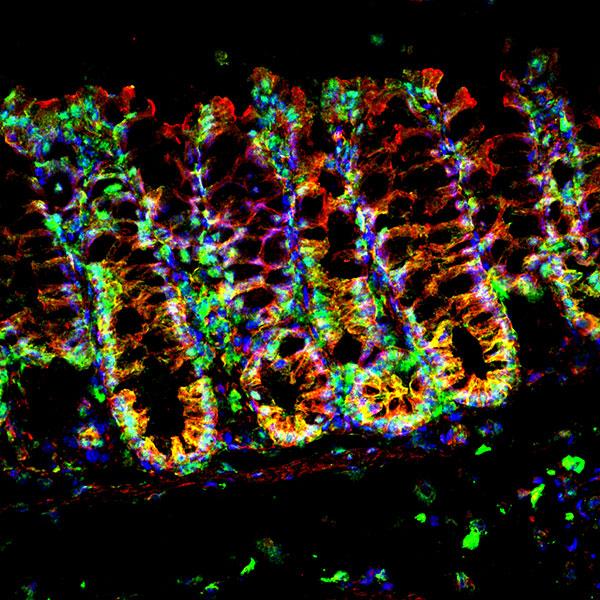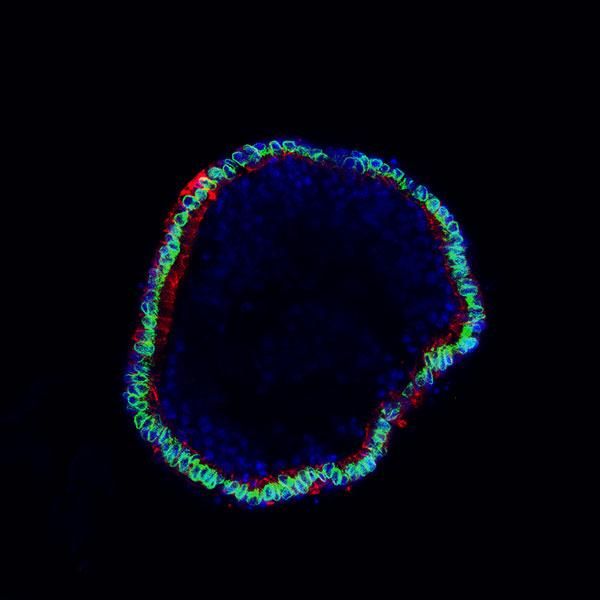Luke Boulter: Liver, Regeneration, Homeostasis
Research Programme

Understanding Wnt signalling in health and disease.
We have previously shown that canonical Wnt signalling is required for stem cell function, homeostatic zonation and cancer development in the liver. While these studies have begun to shed light on how Wnt regulates biological processes in the adult liver there is still a great deal which is not known about the different roles of Wnt signalling in the adult. Our current Wnt related projects seek to ask three main questions: 1. how is canonical Wnt signalling regulated in liver health and disease? 2. How do non-canonical pathways contribute to liver pathogenesis? 3. Can we therapeutically modulate Wnt signalling (either canonical or non-canonical) to improve liver function and reduce cancer in patients with disease.
What are the oncogenic driver mutations in cholangiocarcinoma?
Cholangiocarcinoma is a particularly pernicious cancer of the bile duct in the liver. Whilst historically seen as relatively rare tumour, cholangiocarcinoma has increased in incidence and is now the main cause of death from primary liver cancer, with only 1 in 20 patients surviving more than five years following diagnosis. Recent genome sequences of cholangiocarcinoma has been published and unlike other cancers, such as colorectal adenocarcinoma and pancreatic ductular adenocarcinoma, there does not appear to be an obvious group of genes which function to drive the growth of these tumours. In order to distinguish which mutations in cholangiocarcinoma are causative and which are bystanders we use a combination of bioinformatics and high-content Cas9/CRISPR screening to determine which mutational events drive oncogenesis. Only by understanding which mutations drive the tumour will we be able to develop strategies to target these driver signals.

How does Wnt signalling regulate tubular morphogenesis in the liver?
In many tissues tubes are required to transport factors from the site of production to site of effect. This is true in the liver, where from a discontinuous network of ducts, a complete biliary tree needs to form. How small regions of duct, which are specified in development grow and interconnect to form a complex network is of particular interest to us, particularly given the role of Wnts in these types of process in other tissues.


